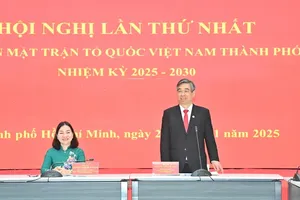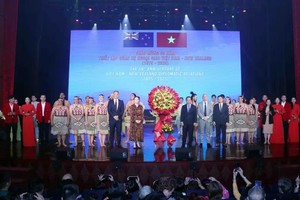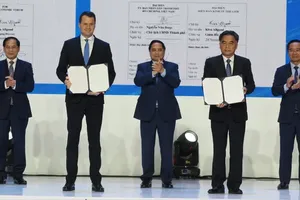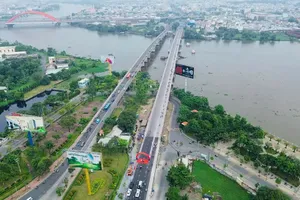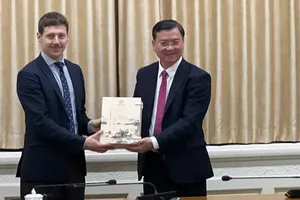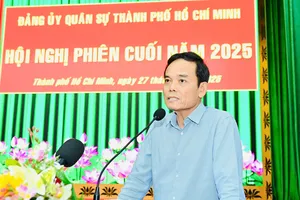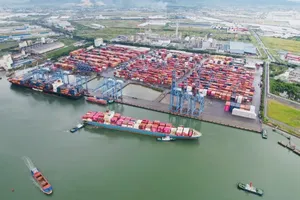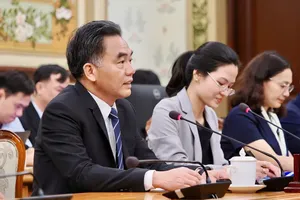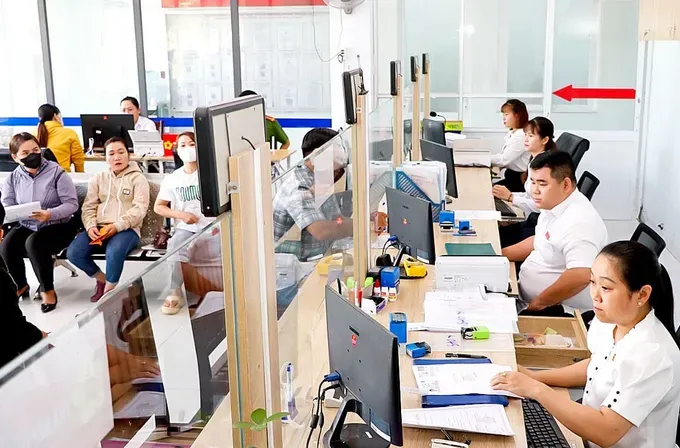
The combination of this system and the mandatory application of the Gantt chart - a project schedule diagram will establish a 'digital public service environment.' This initiative is expected to significantly boost management efficiency and create a transparent, equitable mechanism for supervising public officials.
HCMC Party Chief directs to visualize progress with Gantt charts
During a field survey on September 23 of the Rach Xuyen Tam Canal environmental renovation and dredging project (running from the Nhieu Loc - Thi Nghe Canal to the Vam Thuat River, passing through An Nhon and Binh Loi Trung Wards), Secretary of the City Party Committee Tran Luu Quang directed the creation of a detailed Gantt chart. This chart must clearly show the progress of every work item, the responsible personnel, and the completion deadline.
According to the Secretary, without a Gantt chart, it is impossible to see the entire scope of work, identify who is working, who is causing delays, or precisely assign accountability. He stressed the necessity of reforming leadership and operational methods that move away from vague assignments and bureaucratic back-and-forth written responses to a system of giving assignments with fixed deadlines and verifiable results.
During a meeting of the Steering Committee for the implementation of Resolution No. 57-NQ/TW on digital transformation and science and technology, which took place in early October 2025, Secretary Tran Luu Quang reiterated the urgent need for the development of Gantt charts for the aforementioned two sectors. These charts must distinctly outline the tasks and responsibilities of the designated individuals, the implementing units and organizations, as well as the timelines for completion.
Head of the Law Department at the Ho Chi Minh City Cadre Academy Nguyen Tran Nhu Khue stated that Gantt charts are utilized to assess and monitor the performance of both individuals and groups. In the realm of public administration, the use of Gantt charts signifies progress and modernization in state management practices.
More specifically, Gantt charts facilitate the management of work in a public and transparent manner through well-defined and detailed work planning. When the work plan is represented on the Gantt chart, it simplifies the processes of work inspection and supervision.
In particular, the Gantt chart shows the progress of work completion, tasks, and performers. This helps everyone involved to proactively complete the work better so as not to affect other members and the common work. In addition, performing work according to the Gantt chart also creates fairness in evaluating staff and civil servants, thereby motivating them to promote their capacity.
However, because the Gantt chart is presented in the form of a chart, it is effective for small-scale jobs. For complex jobs with many tasks, the Gantt chart is difficult to show all the work content on the chart. Therefore, the Gantt chart also has certain limitations, requiring research to apply it effectively and appropriately in state management.
HCMC digitizes all tasks
In accordance with the requirement to implement Gantt charts, Ho Chi Minh City is in the process of digitizing its operations to enhance transparency and quantify the capabilities of its workforce.
It is anticipated that this afternoon, the Ho Chi Minh City People's Committee will initiate the first phase of the Digital Government Management system. Chief Duong Hong Thang of Office of the Ho Chi Minh City People's Committee said that the system was developed by the Ho Chi Minh City People's Committee Office in collaboration with the Ho Chi Minh City Digital Transformation Center, and it is interconnected with various departments, agencies, wards, communes, and special zones.
This system is designed for installation on smartphones, enabling the management of all tasks and directive documents from the Government, the Ho Chi Minh City Party Committee, and the Ho Chi Minh City People's Committee, while also overseeing each department, individual, and leaders of departments and offices as well as communes, wards, and special zones, with the objective of managing government operations in a digital context.
Director of the Ho Chi Minh City Digital Transformation Center Vo Thi Trung Trinh informed that the system will integrate many platforms, such as the information system for handling administrative procedures, system for managing documents to direct work and system for monitoring feedback from citizens and businesses via hotline 1022 to monitor the daily work efficiency of local authorities.
The system will provide full data reports periodically every day, helping leaders monitor and direct work. In particular, the system applies artificial intelligence to analyze and identify key points, focusing on regular operating indicators such as price, budget, investment indexes and key areas such as public investment, social security, administrative reform, socio-economic development, monitoring of key projects.


